“Aizome” is the Japanese word for an indigo dye famous for its naturally rich, blue shade, also known by many as “Japan blue”. Passed down from ancient times in Japan, the rich indigo color does not fade easily but maintains a lasting beauty that has entranced people for generations.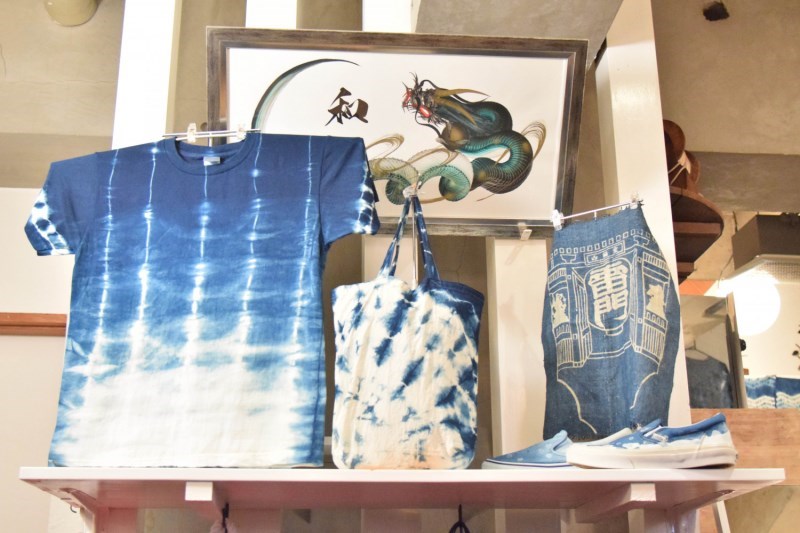
It was introduced during the Nara period and became widespread among the common people by the time of the Edo period. Today it’s rare to find factories that offer the experience of indigo dyeing, but the remaining few continue to do so with tireless passion to keep the tradition alive.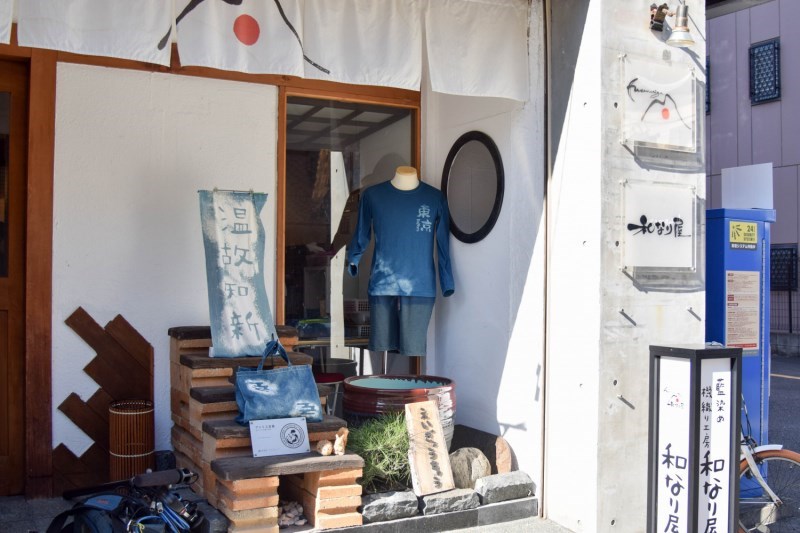
Kumicky (Kumiko Funayama) and Shibasaki (Saki Shibata) (from Tokyo Girls Update) tried their hand at the old art, visiting weaving and dyeing atelier Warinaya in Asakusa. Using the theme “A Gift for My Loved Ones”, the two girls attempted to make their own indigo dyed handicrafts. After choosing from a variety of pieces including tote bags and hand towels, they decided to challenge themselves in producing a T-shirt.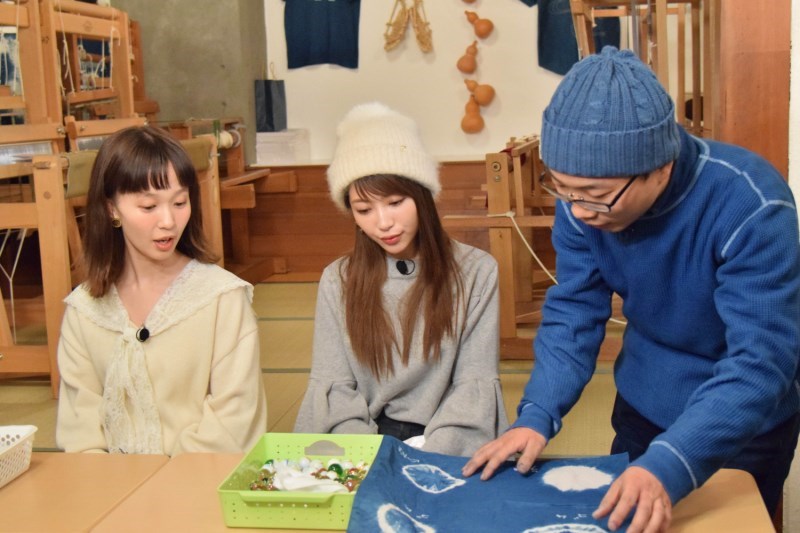
First, they visualized the completed piece with their own images in mind using rubber bands and marble beads.
The basic tie-dye method is to tie up the areas that will remain undyed with the rubber bands. Another method is to use the marble beads to create the pattern. At this stage, you still don’t know how the colors will turn out!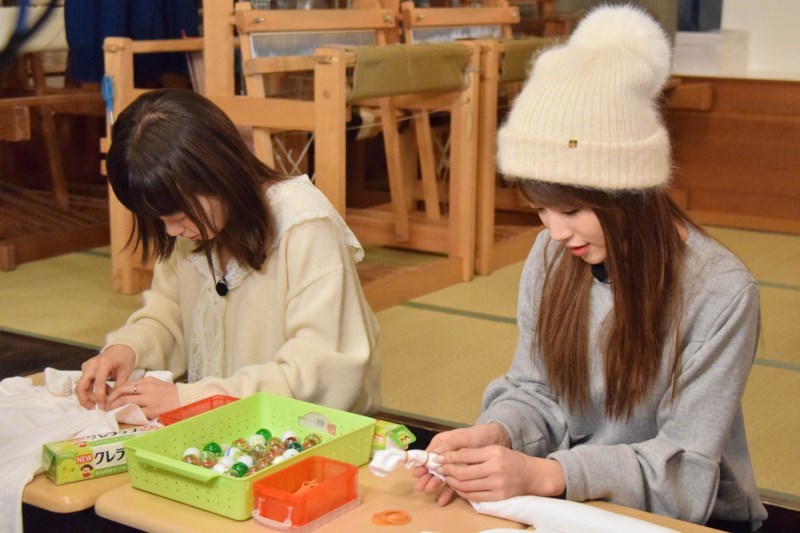
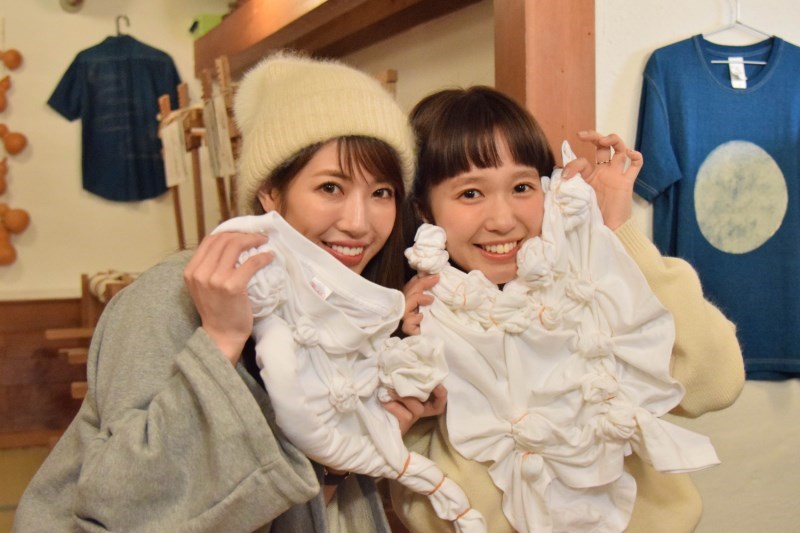
The next step is to apply the dye to the T-shirt and wait 3 minutes for the colors to soak in. After that the T-shirt is wrung out and exposed to the air to oxidize and allow the color to deepen. After 3 minutes, it’s time for the second round of dye. The final step is to wash away the excess colors and let the T-shirt dry.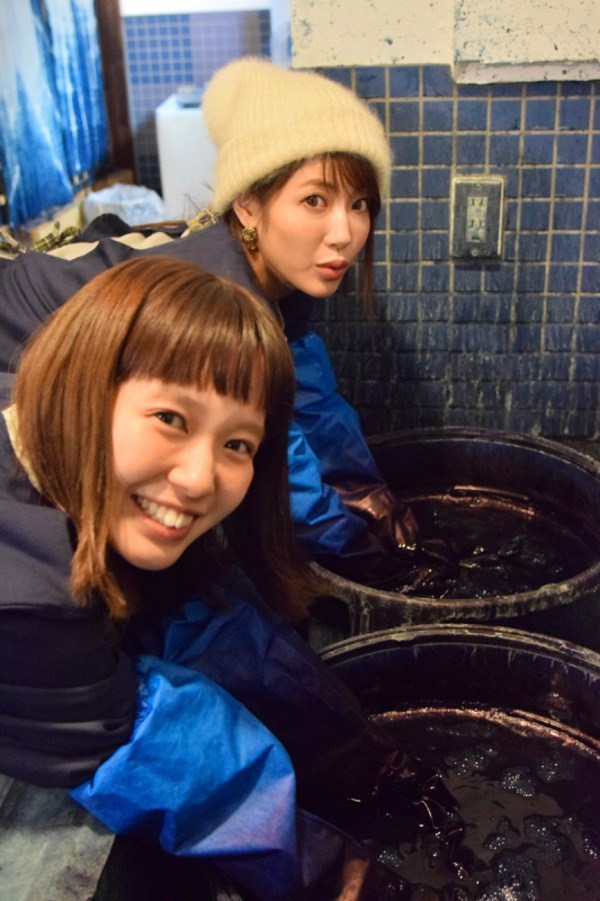
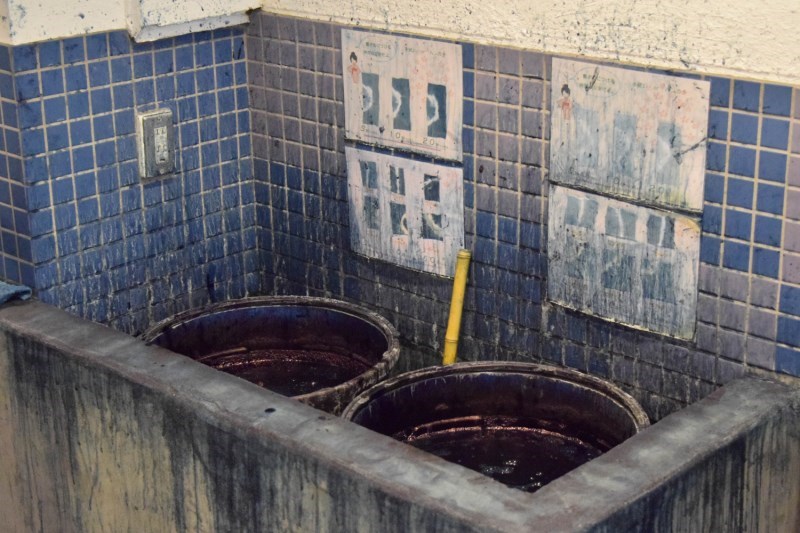
The completed works are finally revealed! Kumikky managed to achieve her ideal image with her skillful fingers. Shibasaki also managed to produce a T-shirt with an artistic design; despite being uncertain while working on the dyes at first, she was proud to see the fashionable T-shirt she made with her own hands.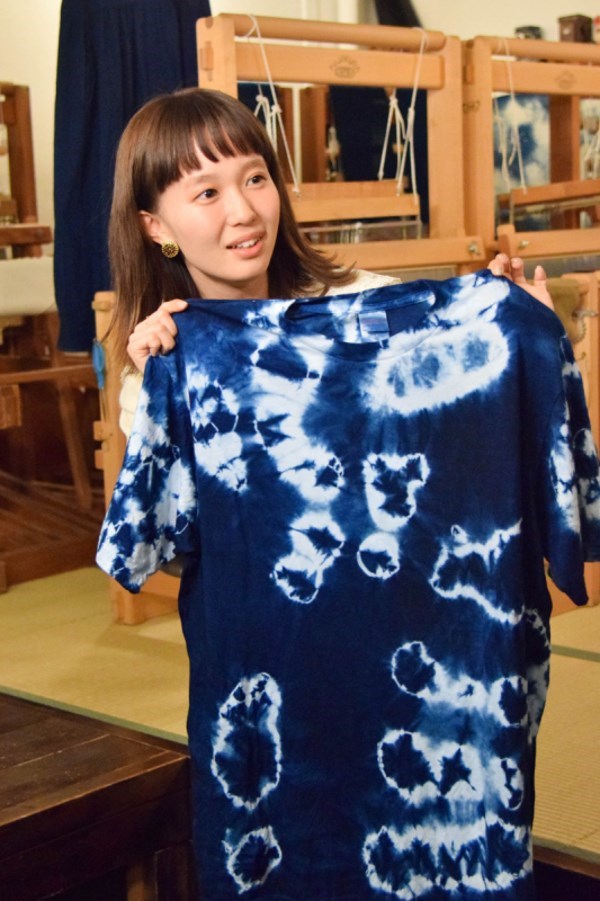
There are endless possibilities with the different dyeing method, so everyone can be sure to create their own unique design. This is the true pleasure of aizome.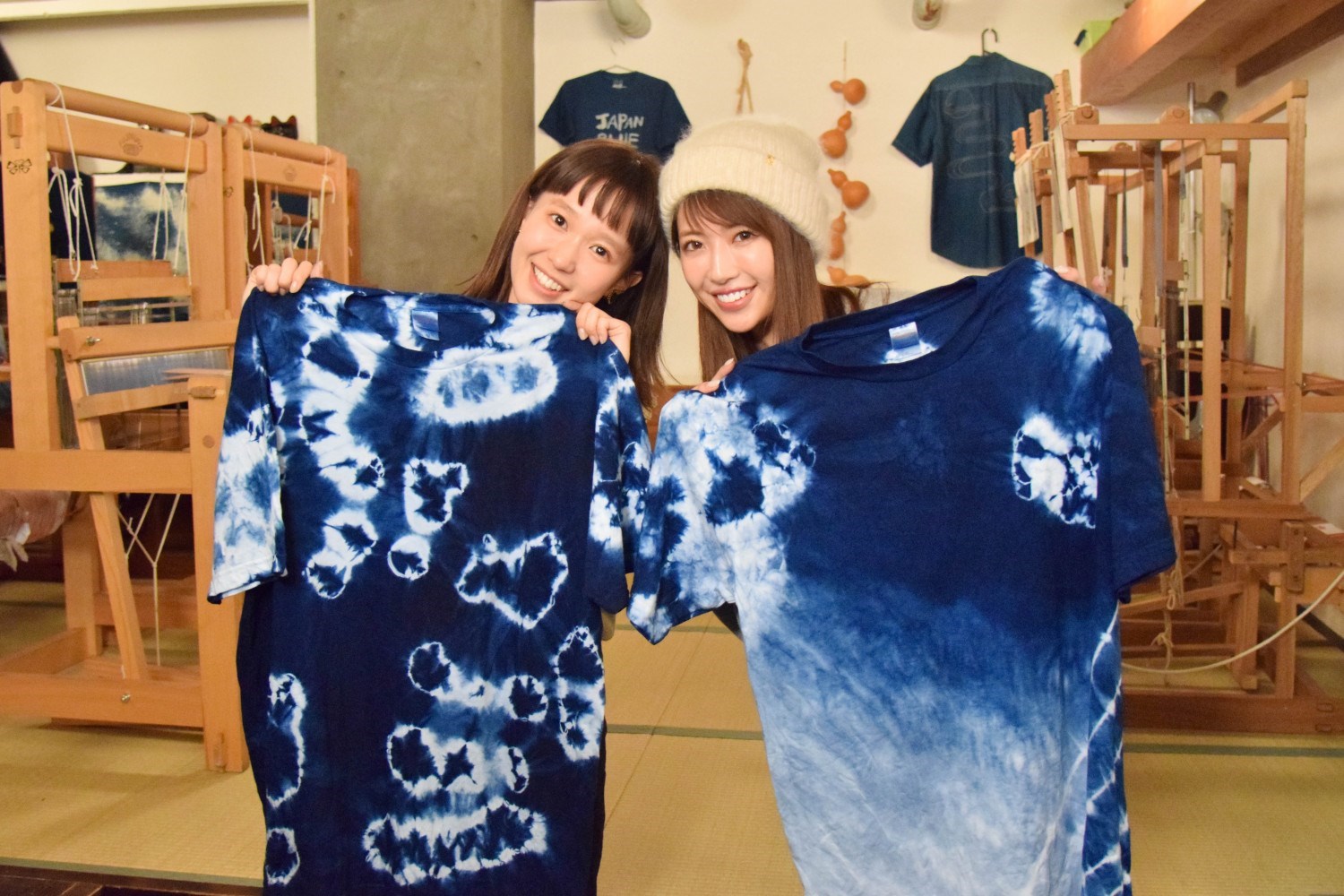
If you’re sightseeing in Asakusa, why don’t you give aizome a try? Experience the magical art of indigo dyeing right here at Wanariya, and you could bring home your own gorgeous art piece.
Source: tokyogirlsupdate.com🍴😋OpenRice Recommendations!😋🍴
Since its opening in 1966, Enshuya has been featured on many television programs for traditionally prepared dishes at surprisingly reasonable prices. They are known for selecting fresh fish and incorporating the season’s ingredients into a constantly changing menu. Lunch Teishoku sets start from 700JPY, but they’re famous for their Maguro-don (700JPY). English menus available! (Source: Official HP)
(Source: Official HP)
If you want something to slurp up, stop by this soba shop and try their famous “Myokoji Soba” (1200JPY). This dish uses a 20-80 flour to buckwheat noodle and a special dipping sauce which originated from Aichi. It is said this particular dish originates from a Myokoji temple monk, and has been passed down faithfully for generations. English menus available!
A well established Kama-meshi and Unagi shop, first established in 1955. Kama-meshi is a type of rice dish which is individually cooked and served in an iron pot. The local favorite is “gomoku” kama-meshi (1000JPY) which features meat, vegetables, and seafood. English menus available!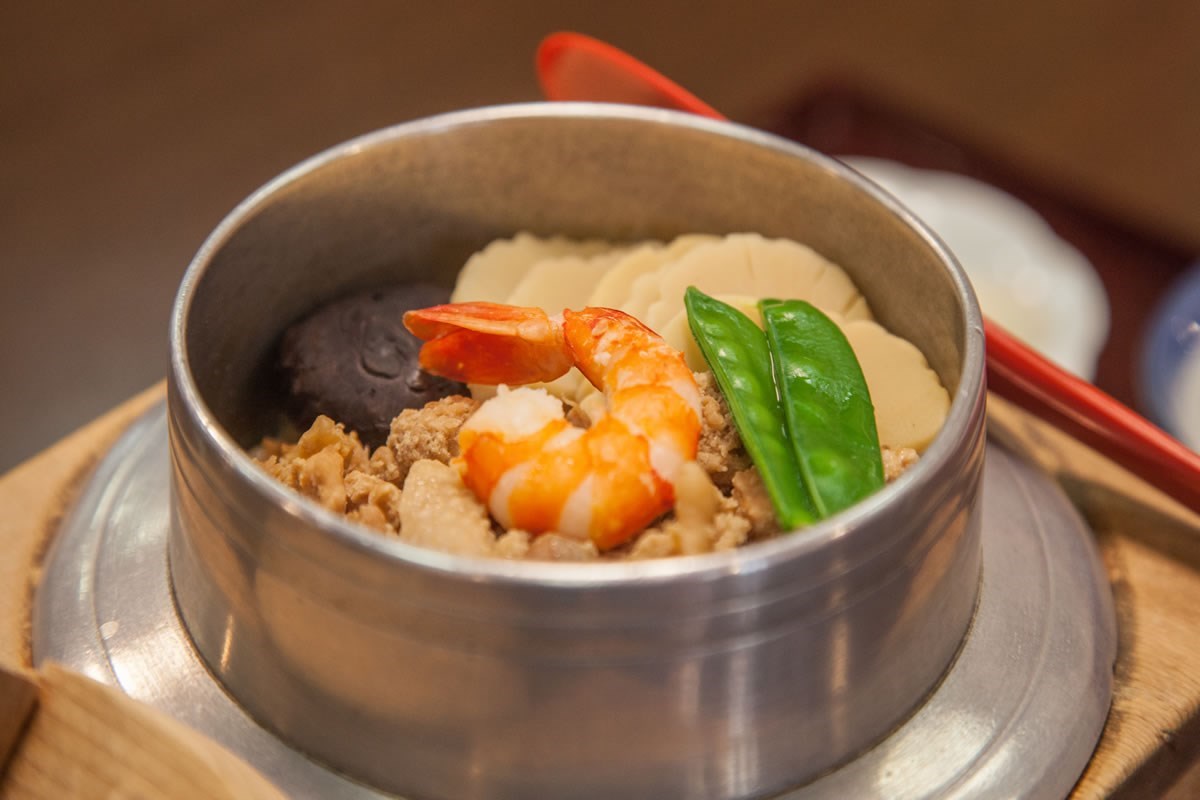 (Source: AsakusaNoren)
(Source: AsakusaNoren)